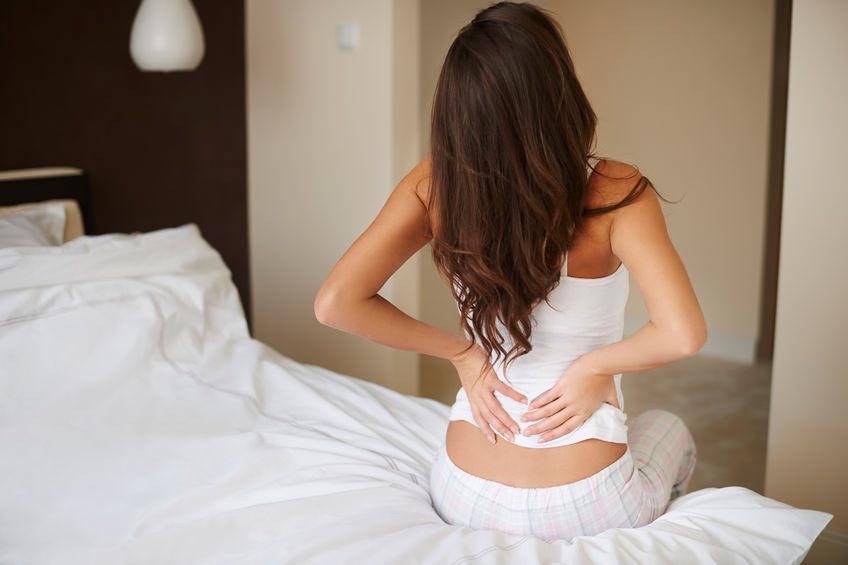
How to convince your guests of the benefits of regular massage
There is significant evidence that regular massage can have a range of benefits on the body and your overall health. And yet, it can be surprisingly difficult to convince spa customers to make massage a regular and consistent part of their wellness routine.
People are busy and finances can sometimes be a concern, but that doesn’t mean that people can’t be swayed by a compelling argument for the incredible, beneficial power of regular massage.
To make this argument, one has only to point to some of the numerous studies out there. Here are 4 examples of data you can use to demonstrate the benefits of regular massage and how it can positively impact quality of life, health, and longevity.
Anxiety, stress, and depression
Stress is associated with anxiety, pain, inflammation, insomnia, sleep disruption, and more, all of which may be correlated with more negative outcomes – like metabolic and immune disorders and cardiac disease — some of which are serious.
Numerous studies have shown that massage is connected to decreases in stress, cortisol, and pain, as well as increases in immune function and production of serotonin and dopamine — all good things.
In a study at the Touch Research Institute (TRI), adults were given a chair massage, and control group adults were asked to relax in a chair for 15 minutes, twice a week for five weeks. Frontal delta power reportedly increased for both groups, suggesting relaxation, while the massage group showed decreased alpha and beta power (suggesting alertness) and increased speed and accuracy on math problems. At the end of five weeks, depression scores were lower for both groups but job stress scores were lower only for the massage group.
Back and chronic pain
This is significant not only because pain dramatically affects quality of life, but also because back pain is associated with increased mortality according to a couple of recent studies.
Researchers at the TRI compared massage therapy to relaxation for chronic low back pain. At the end of the study, the massage therapy group reported less pain, depression, and anxiety and more improved sleep than the relaxation group. Their serotonin and dopamine levels were also higher — also good stuff.
In another study, 46 adults with hand pain were assigned either to a massage therapy group or a standard treatment control group. The massage therapy group received massage on the affected hand once a week for four weeks, and were also taught self-massage on the hand, to be done by the participant once daily. Over the four-week period the massage group had a greater decrease in pain and a greater increase in grip strength, as well as lower scores on anxiety, depression, and sleep disturbance scales than the control group.
An effective add-on for guests here is a little lesson in self massage. Providing knowledge and autonomy will endear you to guests and engender loyalty. You might think they’ll just stay home and massage themselves, but don’t worry. They won’t.
Blood pressure
High blood pressure, we know, is insidious and terrible. It’s associated with anxiety, stress, and negative mental health outcomes. It’s also the number one risk factor for stroke and a major risk factor for coronary disease.
The TRI compared massage therapy and progressive muscle relaxation as treatments for reducing blood pressure and associated symptoms (including elevated anxiety, stress and stress hormones, hostility, and depression). Adults with hypertension received ten 30-minute massage sessions or progressive muscle relaxation instructions over five weeks. Blood pressure decreased after the first and last massage therapy sessions. “Although both groups reported less anxiety, only the massage therapy group reported less depression and hostility and showed decreased cortisol,” wrote the authors.
Sleep
Insufficient sleep is associated with terrible things like anxiety, depression, mental health issues, obesity, diabetes, inflammation, and more. Massage has been associated with improvements in both sleep quality and sleep quantity.
In a 2014 study, researchers explored the hypothesis that massage therapy would produce beneficial effects in postmenopausal women (a group that experiences major declines in quality and quantity of sleep) through inflammatory and immunological changes. They found that self-report questionnaires have shown improvements in sleep pattern and quality of life following massage therapy. The authors wrote, “These findings demonstrate the effectiveness of massage therapy for the treatment of postmenopausal symptoms, particularly insomnia, and indicate that it is a promising line of research.”
As many spa goers are postmenopausal women, this is something that should have wide appeal.
Often, people don’t do things because they don’t understand how high the potential return on investment can be. Be sure to communicate this in as compelling a manner as possible. It will pay off.
Spa Executive magazine is published by Book4Time, the world’s most innovative spa, salon, wellness, and activity management software. Learn more at Book4Time.com



